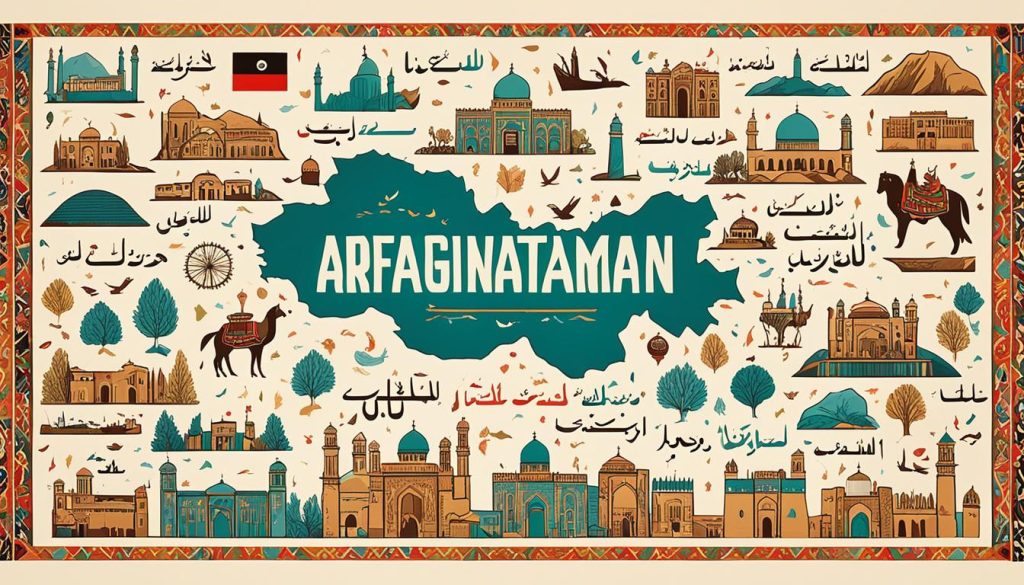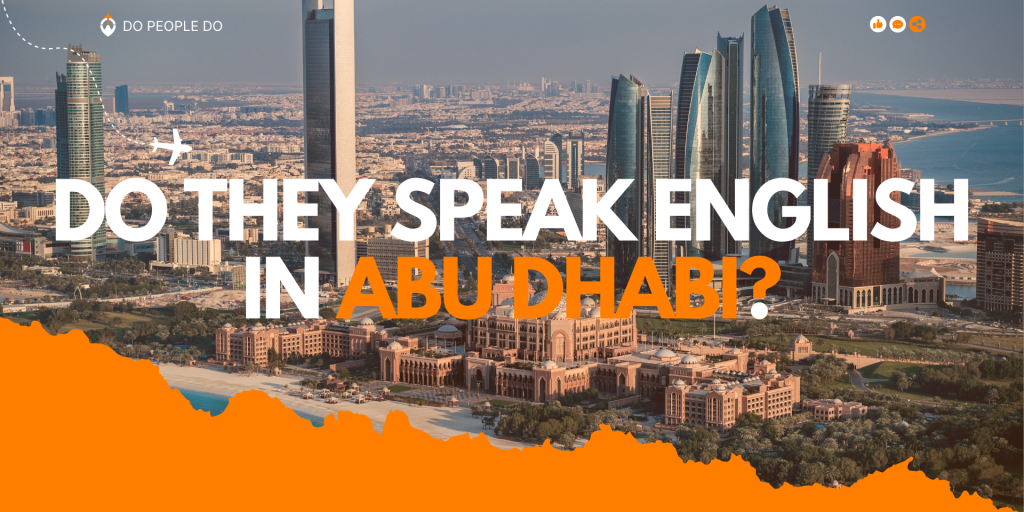Afghanistan, a country known for its rich cultural heritage and diverse ethnic groups, has a fascinating language landscape. From Dari Persian to Pashto, and a plethora of minority languages, Afghanistan’s linguistic diversity is both captivating and complex. But amidst this diverse tapestry of languages, one question arises: do they speak English in Afghanistan?
In this article, we will explore the languages spoken in Afghanistan, shed light on the country’s language landscape, and reveal the role of English within this diverse linguistic tapestry. Prepare to embark on a journey that unveils the linguistic diversity and multilingualism of Afghanistan.
Do they speak English in Afghanistan?
Yes, some people in Afghanistan speak English, but it’s not the primary language.
English is often taught in schools and universities as a second language. However, the level of proficiency varies among individuals.
In urban areas and among educated circles, you’re more likely to find English speakers compared to rural areas.
Overall, while English is not widely spoken across the country, you can still find people who understand and communicate in English, especially in cities and areas frequented by tourists or international organizations.

Do They Speak English in Afghanistan Airport?
Yes, English is commonly spoken at airports in Afghanistan.
Airport staff, especially those involved in customer service, security, and air traffic control, often have a good command of English to assist travelers from around the world.
Additionally, signs and announcements in English are frequently used to ensure smooth communication and navigation for international passengers.
Therefore, travelers can expect to find English speakers and information readily available at Afghanistan airports.
Do Taxi Drivers Know English in Afghanistan?
In Afghanistan, some taxi drivers may know English, but it’s not guaranteed.
It depends on the individual driver and their background. Some drivers may have learned English to communicate with tourists or for business purposes, while others may not speak English at all.
It’s always a good idea to have a basic understanding of local phrases or use translation tools if English communication is limited.
Official and Regional Languages of Afghanistan
The linguistic landscape of Afghanistan is shaped by its official and regional languages. The two official languages of Afghanistan are Dari Persian and Pashto. These languages hold shared official status under various governments and play a significant role in communication and governance.
Dari Persian, also known as Afghan Persian or simply Dari, is widely understood and serves as the lingua franca in Afghanistan. It is spoken by multiple ethnic groups, including the Tajiks, Hazaras, and Aimaqs. Dari Persian has a long historical significance and cultural influence, making it the more widely used language in the country.
Pashto, on the other hand, is the native language of the Pashtuns, the dominant ethnic group in Afghanistan. It is spoken primarily by the Pashtuns themselves and holds significant cultural importance. While Pashto is not as widely spoken as Dari Persian, it remains an official language and is spoken by a substantial portion of the population.
In addition to Dari Persian and Pashto, other regional languages are also recognized as third official languages in areas where the majority speaks them. These regional languages include Uzbek, Turkmen, Balochi, Pashayi, Nuristani, and Pamiri. The inclusion of these languages reflects the language policy established in the 1964 Constitution and further codified in the 2004 Afghan Constitution.
The recognition of these official and regional languages in Afghanistan acknowledges the linguistic diversity and cultural heritage of different ethnic groups. It facilitates effective communication and inclusivity within the diverse society of Afghanistan.

By recognizing multiple languages as official, Afghanistan seeks to promote linguistic diversity, preserve cultural identities, and ensure representation for all linguistic communities. The official language policy plays a crucial role in fostering unity and inclusivity within the country.
Linguistic Diversity in Afghanistan
Afghanistan is a melting pot of linguistic diversity, with a myriad of languages spoken across the country. While Dari and Pashto dominate as major languages, Afghanistan boasts over 40 minor languages and approximately 200 dialects, reflecting the rich cultural tapestry of its diverse ethnic groups and minority communities.
Among the minor languages spoken in Afghanistan are Ashkunu, Kamkata-viri, Vasi-vari, Tregami, Kalasha-ala, and the Pamiri cluster (Shughni, Munji, Ishkashimi, Wakhi). Other languages such as Brahui, Arabic, Pashai, Kyrgyz, and Punjabi also add to the linguistic mosaic of the region.
While Dari Persian and Pashto are the most widely spoken languages, these minor languages play a significant role in preserving the cultural heritage of different communities and contribute to the linguistic richness of Afghanistan. Although accurate data on the exact figures and composition of the ethnolinguistic groups is unavailable due to the lack of a comprehensive census, the existence of these languages showcases the linguistic depth and vitality of the country.
| Minor Languages | Dialects |
|---|---|
| Ashkunu | Various dialects within the Ashkunu language group |
| Kamkata-viri | Various dialects within the Kamkata-viri language group |
| Vasi-vari | Various dialects within the Vasi-vari language group |
| Tregami | Various dialects within the Tregami language group |
| Kalasha-ala | Various dialects within the Kalasha-ala language group |
| Pamiri (Shughni, Munji, Ishkashimi, Wakhi) | Dialects within the Pamiri language group |
| Brahui | Various dialects within the Brahui language group |
| Arabic | Various dialects within the Arabic language group |
| Pashai | Various dialects within the Pashai language group |
| Kyrgyz | Various dialects within the Kyrgyz language group |
| Punjabi | Various dialects within the Punjabi language group |
While linguistic diversity poses challenges for communication across the country, it also showcases the colorful tapestry of Afghanistan’s linguistic heritage. The preservation and recognition of these minor languages and dialects are vital for promoting cultural diversity and fostering inclusivity within Afghan society.
Conclusion
Afghanistan’s language landscape is a testament to its rich cultural diversity and multiethnic character. With Dari Persian and Pashto as the dominant languages, the country also boasts a myriad of other languages spoken by different ethnic groups and minority communities. This linguistic diversity not only reflects the historical and geographic influences on Afghanistan but also contributes to its vibrant cultural heritage.
One notable feature of Afghanistan is its multilingual population. Many individuals in the country are proficient in multiple languages, allowing for effective communication across linguistic boundaries. While English is spoken by a small percentage of the population, its presence highlights Afghanistan’s role in global interactions and showcases the country’s connections with the wider world.
Understanding the language landscape of Afghanistan is crucial in appreciating the country’s cultural complexity and fostering inclusive communication. Embracing multilingualism and valuing linguistic diversity can strengthen social cohesion and promote understanding among Afghanistan’s diverse society. By recognizing the importance of language as a bridge between communities, we can contribute to building a more harmonious and inclusive Afghanistan.
FAQ
Do they speak English in Afghanistan?
Yes, English is spoken by a small percentage of the population in Afghanistan, approximately 5%.
What are the official languages of Afghanistan?
The official languages of Afghanistan are Dari Persian and Pashto.
What is the language policy in Afghanistan?
Under the language policy in Afghanistan, Dari Persian and Pashto have shared official status, and other regional languages such as Uzbek, Turkmen, Balochi, Pashayi, Nuristani, and Pamiri are recognized as third official languages in areas where the majority speaks them.
How diverse is the linguistic landscape in Afghanistan?
Afghanistan is linguistically diverse, with over 40 distinct languages spoken, including minor languages and dialects.
What are some of the minor languages spoken in Afghanistan?
Some of the minor languages spoken in Afghanistan include Ashkunu, Kamkata-viri, Vasi-vari, Tregami, Kalasha-ala, Pamiri (Shughni, Munji, Ishkashimi, Wakhi), Brahui, Arabic, Pashai, Kyrgyz, and Punjabi.
How does the linguistic diversity contribute to Afghanistan’s cultural heritage?
The linguistic diversity in Afghanistan contributes to its rich cultural heritage and reflects the country’s multiethnic character.
Is multilingualism common in Afghanistan?
Yes, multilingualism is common among the population of Afghanistan, with individuals often speaking multiple languages.
Why is understanding the language landscape of Afghanistan important?
Understanding the language landscape of Afghanistan is important for appreciating the country’s cultural complexity and fostering effective communication within its diverse society.

